


Theme
10AA Surgery
INSTITUTION
AO Education Institute - Switzerland
University of Sao Paolo - Brazi
Prince Mohammed bin Abdulaziz Hospital - Saudi Arabia,
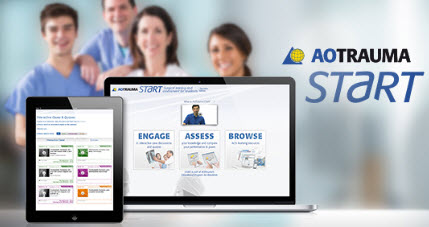
In a time where many believe online learning will revolutionize the way the next generation learns, we wanted to find out why and which delivery method could best achieve this.
AOTrauma STaRT—Surgical Training and Assessment for Residents, a safe environment for orthopedic trauma residents to self-assess, identify their knowledge gaps, and find resources at their own pace, provides interactive video-based case discussions, multiple-choice quizzes, and multiple-choice self-assessment tests.
.png)
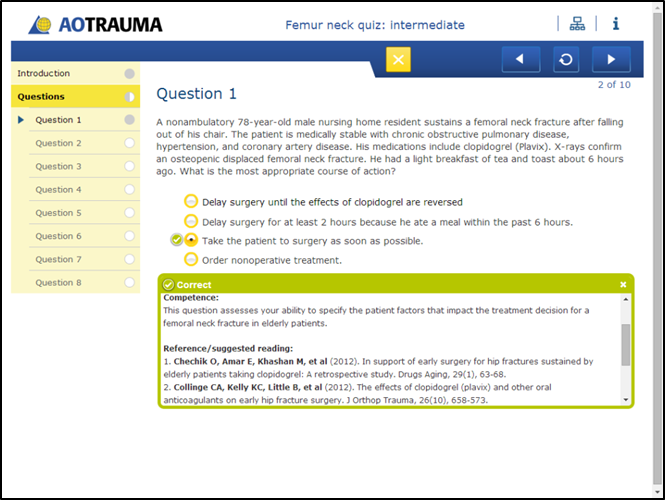
.png)
AOTrauma Education Commission
AO Education Institute
Usage statistics from the first twelve months are analyzed to compare user activity of case discussions, quizzes, and tests to evaluate their trends in use. After initial evaluation is complete, feedback survey findings are examined to uncover most valuable aspects of the three learning activities as determined by the learner to find out which activity has the biggest effect on learning.
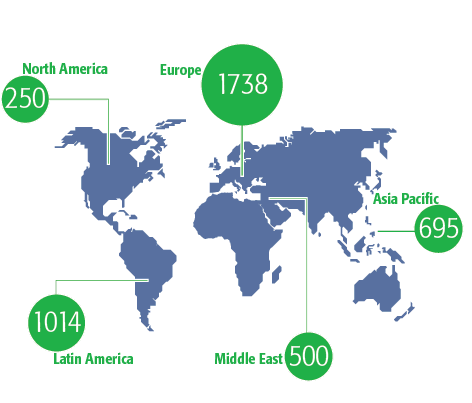
.png)
With 4,400+ users registered to AOTrauma STaRT, there is a higher completion rate of case discussions. Survey findings indicate highly-valued aspects and are categorized based on the adult learning principle. Results show that although learners engage in different learning strategies, residents value case discussions most for its delivery method and not for its revolutionary practice of learning.
.png)
.png)
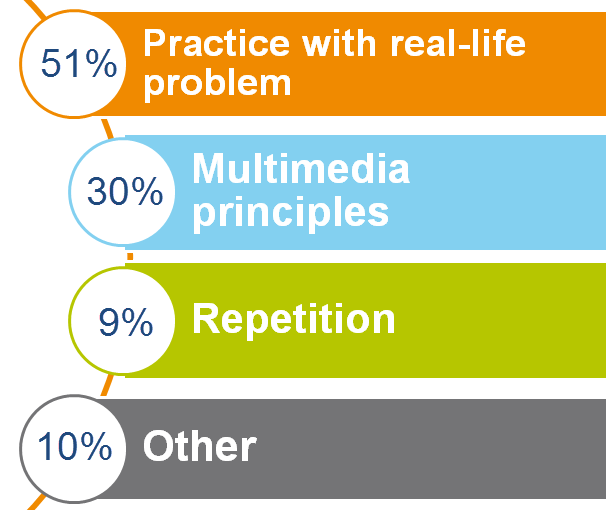
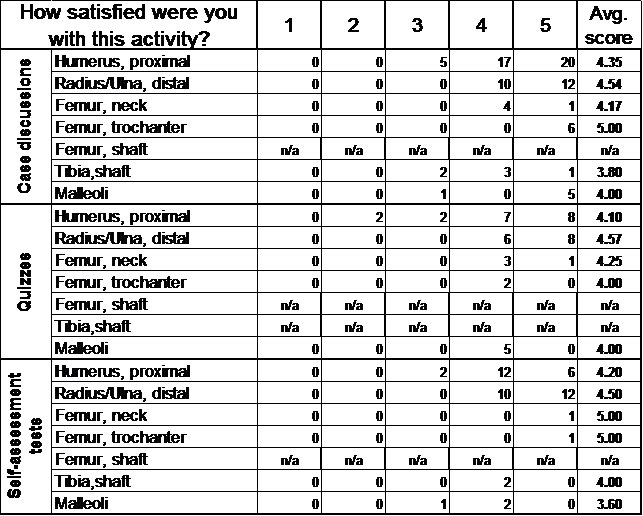
When developing an elearning platform, different delivery techniques can successfully complement a curriculum as long as core principles of learning are ingrained in the framework. Instructional design flexibility in elearning should not be mistaken for a transformation in the learning process.
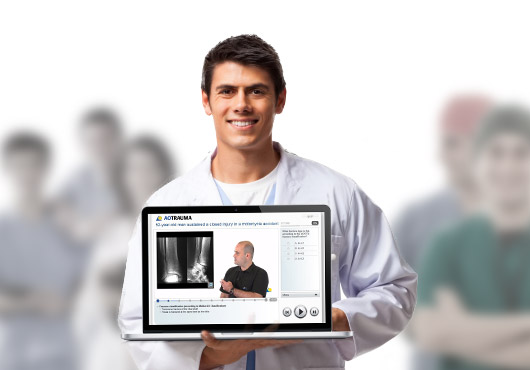
 Send Email
Send Email